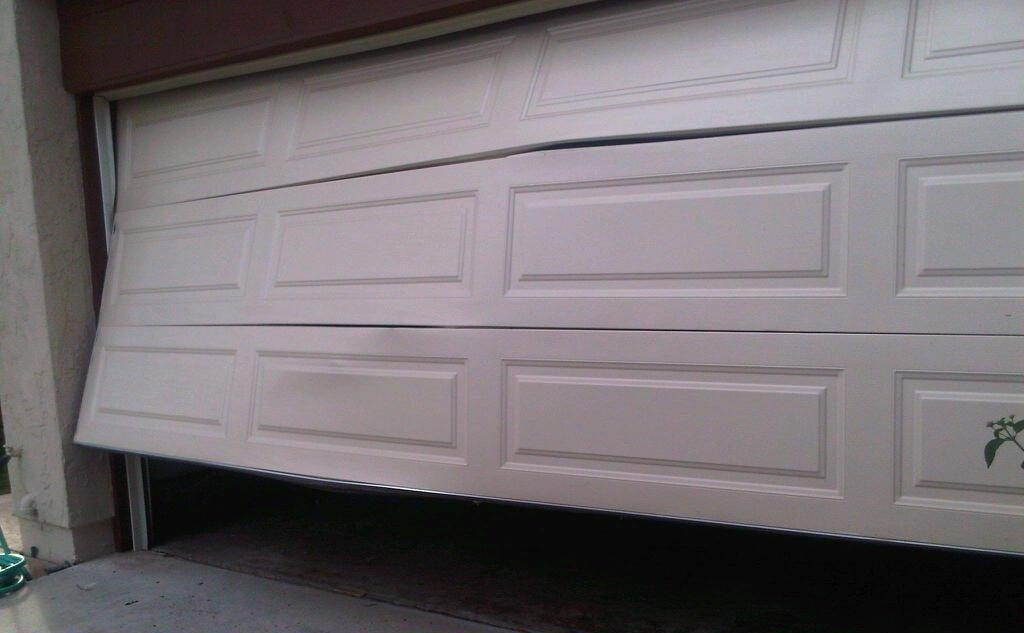Your garage door is one of the most frequently used entrances to your home, opening and closing multiple times per day as you come and go. But with heavy daily usage comes the risk of potential safety hazards if proper precautions aren’t taken. Garage doors weigh hundreds of pounds and contain many moving parts under high tension that could cause serious injuries if misused.
By making garage door safety a priority and following some basic operational tips, you can keep your door functioning properly for years while avoiding damage or harm. Here are six top safety tips to remember whenever operating your garage door:
1. Keep the Door’s Path Clear
It may seem obvious, but the very first rule of garage door safety is keeping the door’s pathway free of any obstructions. The door needs adequate clearance both inside the garage as well as outside. Even small objects can disrupt the door’s movement and cause issues.
Take the time to visually inspect the full area that your door moves through. Are there any bicycles, tools, storage boxes, or other items impeding the path inside the garage? How about branches, bushes, or other objects outside? Clear everything out of the way.
You should also check the force adjustment settings if your garage door opener has them. Too much force can prevent the door from reversing if an obstruction is encountered. Properly set force limits will cause the door to immediately stop and reverse course when anything blocks the doorway.
2. Test the Auto-Reverse Function
Today’s garage door openers have safety features like automatic reverse sensors to prevent entrapment accidents. But you need to routinely test them to ensure they are working properly.
The auto-reverse mechanism forces the garage door to stop closing and return to the open position if its sensors detect an obstruction. There are a couple of ways to validate this function yourself:
Visual Test: Place an empty cardboard box or other harmless object along the door’s path. Operate the door and verify that it stops and reverses upon contacting the object. This confirms the auto-reverse is responding correctly.
Physical Test: Stand near the door as it closes and lightly tap the bottom panel with your hand or foot. The door should stop closing and reverse open immediately. If it doesn’t, your force limits likely to need adjustment.
Testing the auto-reverse function confirms this critical safety feature is functioning as intended. Make sure to test it on a regular basis and adjust settings if needed.
3. Inspect Cables, Springs, and Pulleys
The cables, springs, and pulleys are key components that bear immense pressure and wear as they open and close the heavy door. Small signs of damage can quickly escalate into complete failure. Take time to visually inspect them for issues.
Check the door cables that raise and lower the door. Look for any kinks, fraying, or broken strands, which indicate the cable needs replacement.
Examine the pulleys the cables run through. Pulleys should spin smoothly and be securely fastened. If wobbly, they strain the cables unnecessarily.
Evaluate the door springs. Torsion springs mounted above the door should be tightened if visibly loose but never adjusted by amateurs. The extension springs along the horizontal tracks should have no gaps or cracks.
Routinely inspecting these components allows you to spot problems early and get repairs before a sudden dangerous failure.
4. Use the Emergency Release With Caution
Emergency release cords allow you to disconnect the door from the opener so it can be manually operated during power outages or mechanical issues. It’s an important safety feature – but one that should only be used in true emergencies.
Pulling the emergency release disengages the door from the opener, allowing you to manually lift it open or closed. Avoid using it casually or as a shortcut, as that strains the manual lift system and damages the door over time.
Also, take care to re-engage the door with the opener once done. If you forget, the door could unexpectedly detach from opener control mid-cycle. Only use the emergency release when truly needed.
5. Maximize Visibility
Being able to clearly see the doorway path when opening and closing your door is a simple safety fundamental. Make sure you have adequate lighting and visibility at all times.
Check that the light bulbs on your garage door opener are in working order and provide sufficient illumination when the door operates. Replace any burnt-out bulbs promptly.
Also, keep the door window panes clean. Dust build-up or cobwebs on the windows obscure exterior visibility when you use the door. Wipe them down regularly for maximum visibility.
6. Educate Kids About Dangers
Garage doors present serious risks to kids if they do not understand and respect the hazards. Take time to educate your children on proper safety.
Explain that the moving door can cause grave harm if they are caught under it. Set clear expectations that they should never play near, under, or around a moving door.
Also, instill rules that only older kids should operate the door and only with adult supervision. Do not let young children play with the remote openers or wall-mounted control panels.
Following basic safety precautions and maintaining proper operation of your garage door will allow for years of reliable, safe usage. But accidents can happen in an instant; so stay vigilant in keeping safety the top priority. Take preventative steps now to give your family peace of mind.





